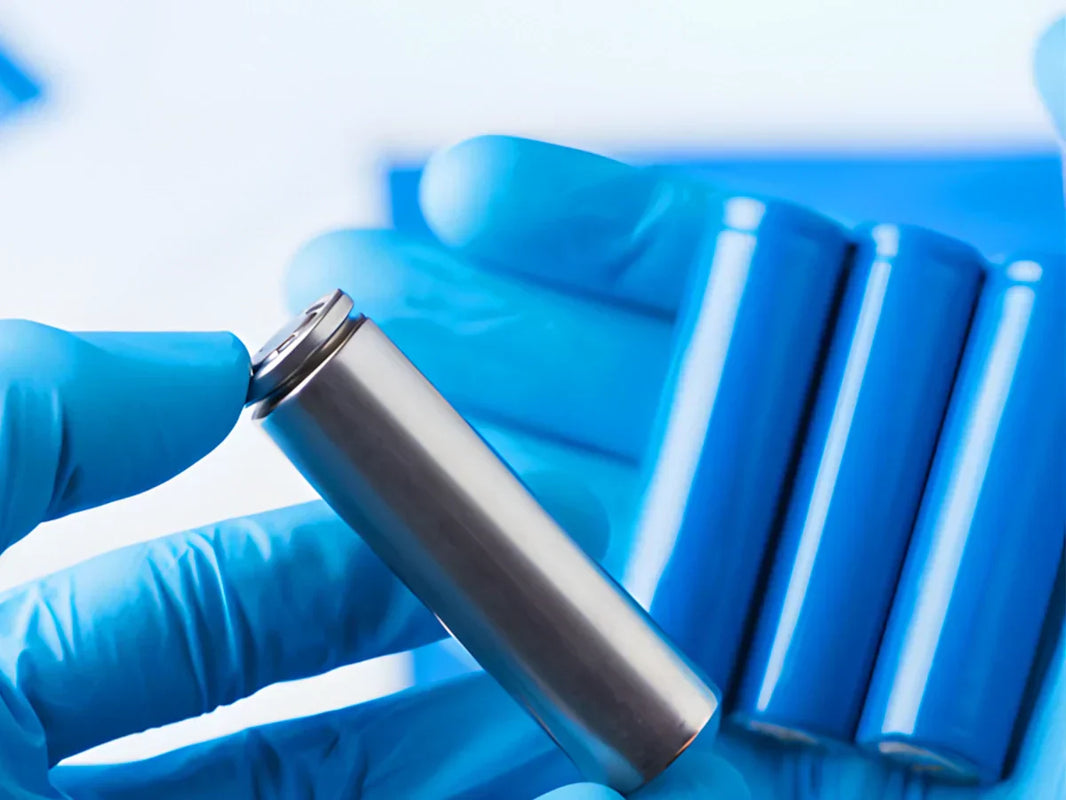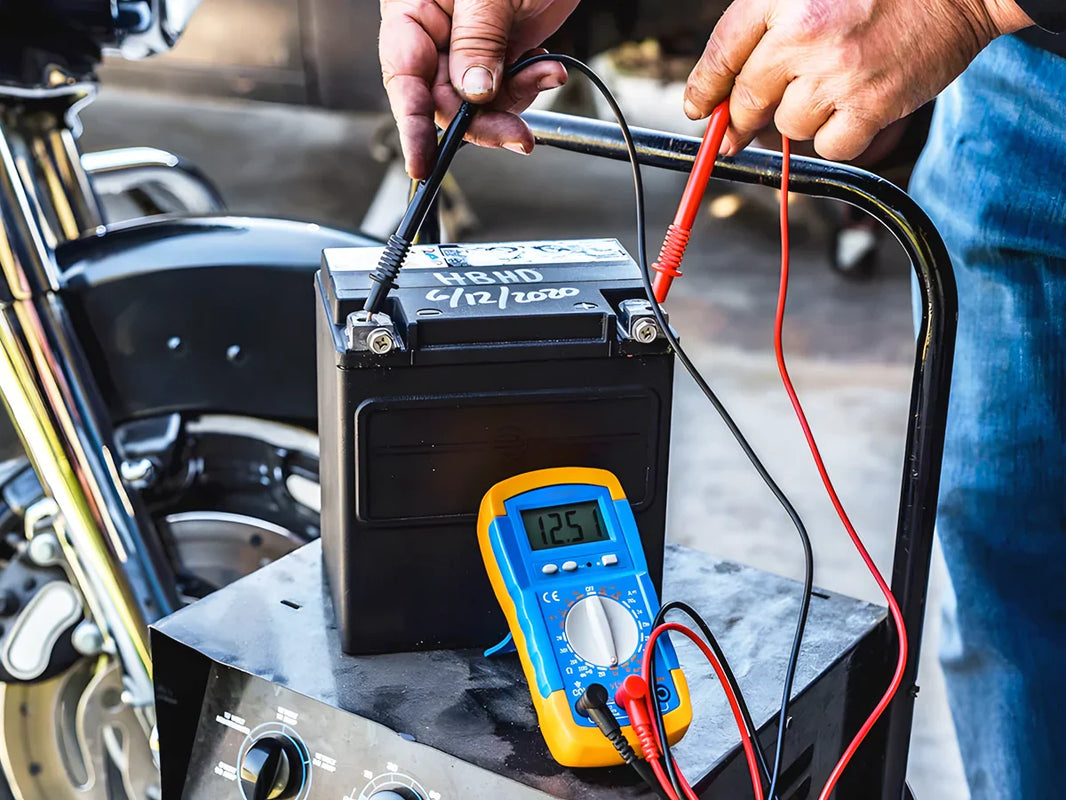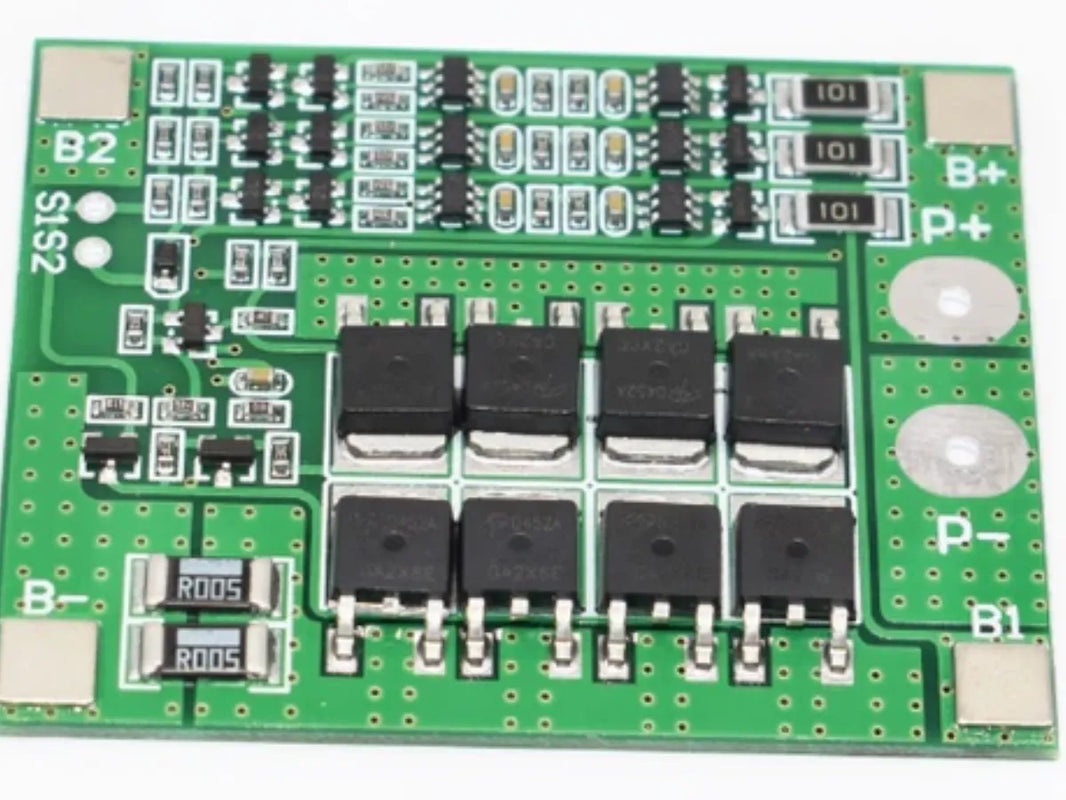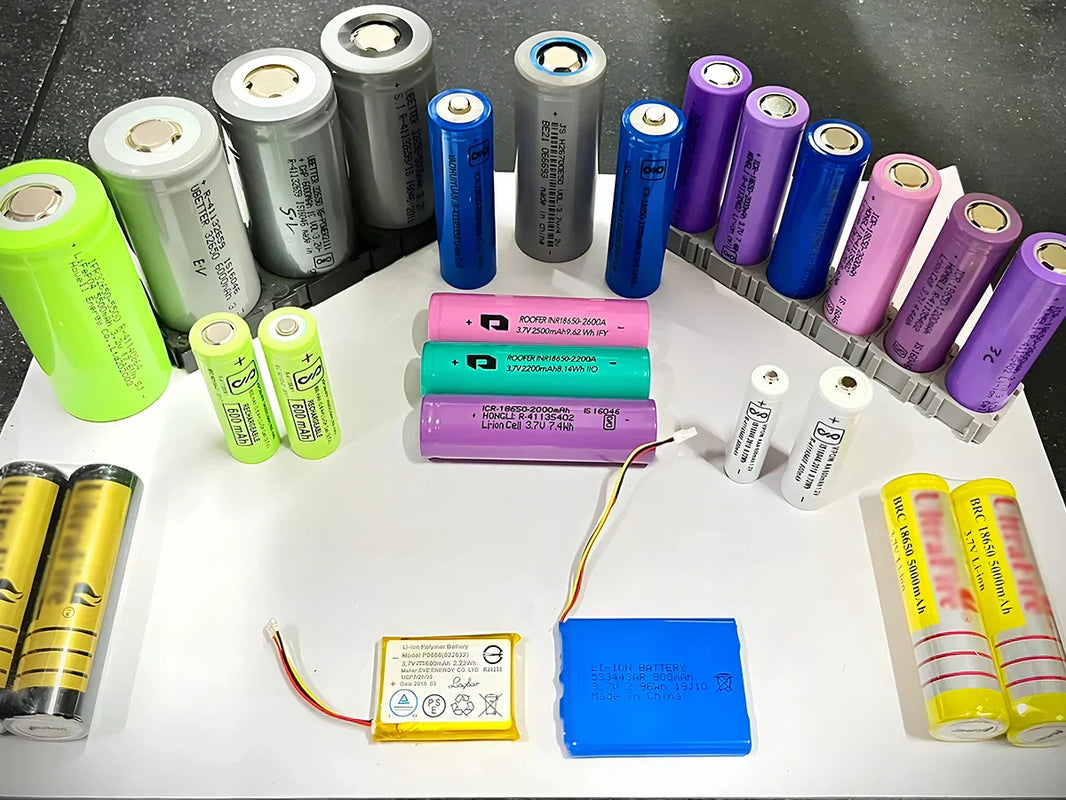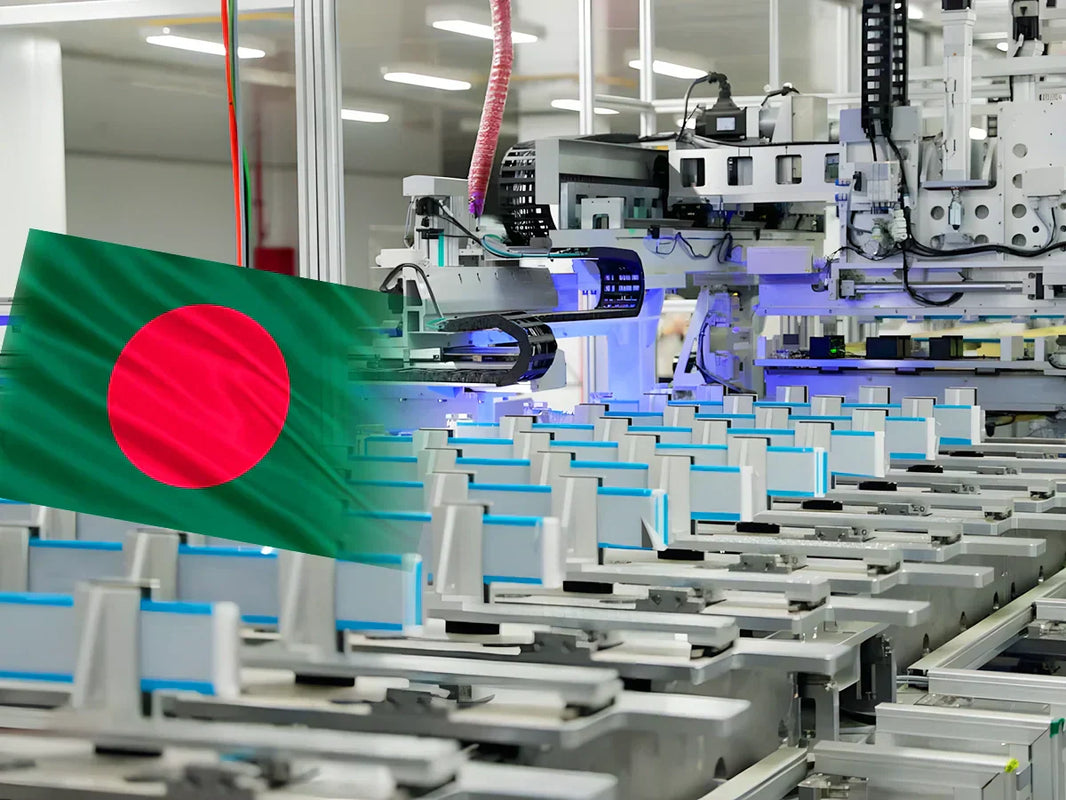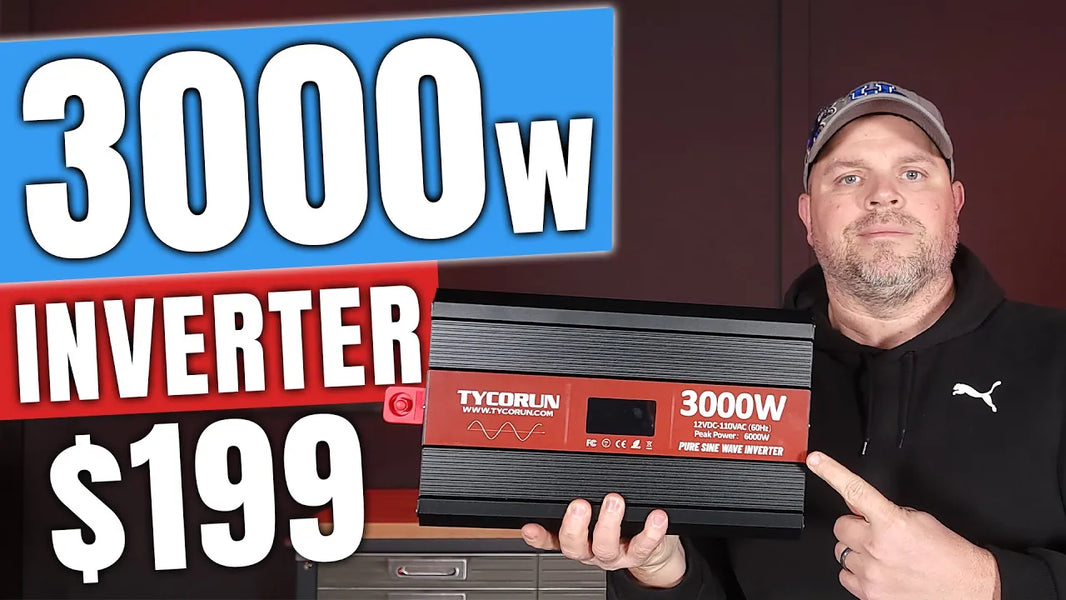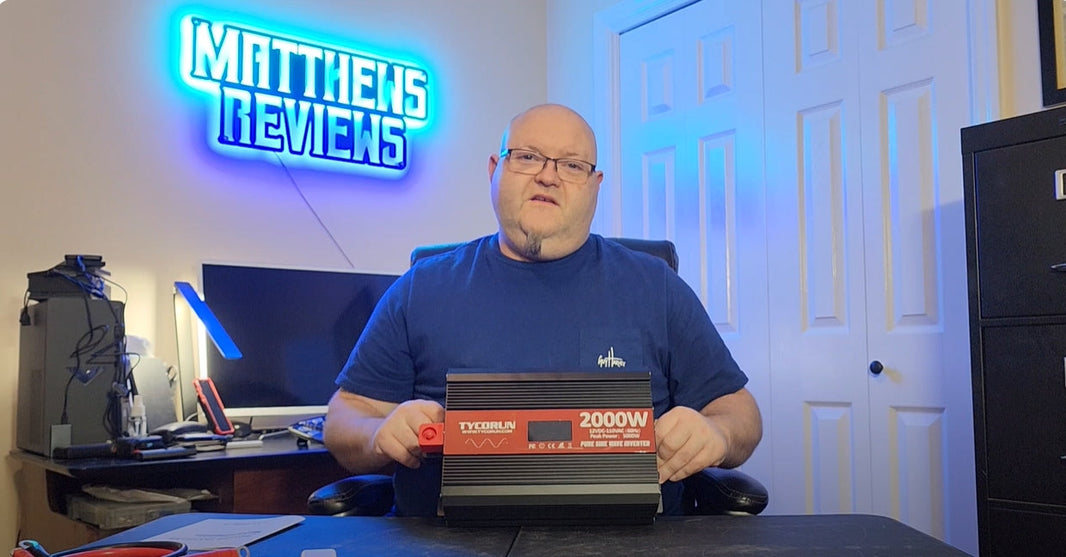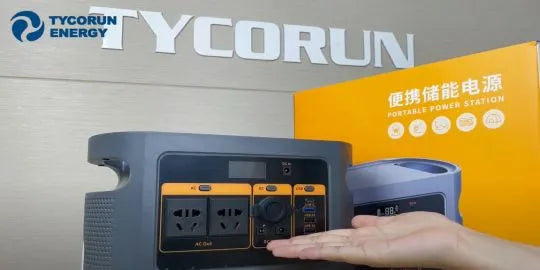
Main content:
The rise in electricity prices indirectly pushed up the prices of photovoltaic products in the first half of the year. A lot of photovoltaic battery companies appear. You can click our top 10 photovoltaic battery companies article to know some famous photovoltaic enterprises. Many countries around the world are accelerating the construction of renewable energy power generation capacity.
It is expected that the installed capacity of photovoltaics in Europe is expected to reach more than 45GW in 2022. Experts predict that the installed capacity of modules in the European market is expected to reach 70-80GW in 2022, which is expected to reach 70-80GW compared with the same period in 2021, which is significantly faster than the 45-50% growth rate of world installed capacity.
1. Photovoltaic industry trends
P-type batteries are still the mainstream, and N-type batteries may become the next mainstream.
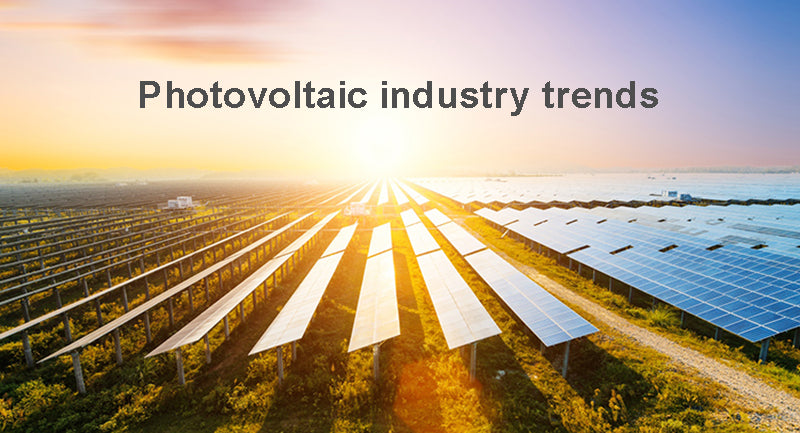
① P-type battery
The crystalline silicon cell technology is based on silicon wafers, and is divided into P-type cells and N-type cells according to the difference of silicon wafers. There is no essential difference in the power generation principle of the two types of cells, and both are based on the PN junction for photo-generated carrier separation. The phosphorus element is diffused on the P-type semiconductor material to form a solar cell with an n+/p-type structure, which is a P-type cell.
Boron is implanted on the N-type semiconductor material to form a solar cell with a p+/n-type structure, which is an N-type cell. The production process of P-type batteries is relatively simple and the cost is low, mainly BSF batteries and PERC batteries. Before 2015, BSF batteries occupied 90% of the market. After 2016, PERC batteries took over the baton, and by 2020, PERC batteries accounted for more than 85% of the world market.
PERC (Passivated EmitterRearCell) - Emitter and backside passivation cell technology, the difference from conventional cells is the backside, PERC cell uses a passivation film to passivate the backside, replacing the traditional all-aluminum backfield, enhancing light on the silicon base The internal back reflection reduces the recombination rate on the back side, thereby increasing the efficiency of the battery by 0.5%-1%.
In 2020, the average conversion efficiency of large-scale production of single/polycrystalline cells will reach 22.7% and 19.4%, respectively. P-type monocrystalline cells have adopted PERC technology, and the average conversion efficiency has increased by 0.5 percentage points year-on-year. Since the theoretical conversion efficiency limit of P-type monocrystalline silicon PERC cells is 24.5%, it is difficult to greatly improve the efficiency of P-type PERC monocrystalline cells.
The phenomenon of light decay, these factors make it difficult for P-type silicon cells to have further development. Compared with traditional P-type monocrystalline cells and P-type polycrystalline cells, N-type cells have the advantages of high conversion efficiency, high bifacial ratio, low temperature coefficient, no light decay, good low-light effect, and longer carrier life, etc. advantage.
② N-type battery
N-type cells have obvious advantages. The minority carrier lifetime of N-type silicon wafers is at least one order of magnitude longer than that of P-type silicon wafers, which will greatly improve the open-circuit voltage and short-circuit current of the cell, resulting in higher cell conversion efficiency.
The N-type silicon wafer is mainly doped with phosphorus, and the boron-oxygen atom pair will not be formed in the material, which is the main reason for the light-induced attenuation of the P-type cell, so the initial light-induced attenuation of the N-type silicon cell and module is almost zero.
The N-type battery has a low temperature coefficient and increases the power generation. The output power of the traditional P-type battery is reduced by 0.4% to 0.5% for each degree of temperature increase, while the temperature coefficient of the N-type battery is only about half of the former. The spectral response of the N-type battery is good under low light conditions, and the double-sided battery can achieve "dual-core" Power generation”, the power generation can be increased by 20% to 30% in a suitable installation environment.

2. Common photovoltaic industry technologies
① TOPCon
TOPCon (TunnelOxidePassivatedContact) - oxide passivation contact. There is no essential difference between the front side and conventional N-type solar cells or N-PERT solar cells, and the core technology of the battery is the backside passivation contact. The back of the cell is composed of a layer of ultra-thin silicon oxide (1~2nm) and a layer of phosphorus-doped microcrystalline amorphous mixed Si film, which together form a passivation contact structure.
The passivation performance is activated by the annealing process, during which the crystallinity of the Si thin film changes from a mixed phase of microcrystalline and amorphous to polycrystalline. Annealed at an annealing temperature of 850°C, iVoc>710mV, J0 at 9-13fA/cm2, showing the excellent passivation performance of the passivated contact structure. The structure can block the recombination of minority carriers and holes, and improve the open-circuit voltage and short-circuit current of the battery.
The ultra-thin oxide layer can make many electrons tunnel into the polysilicon layer while blocking the recombination of minority holes and holes. The good passivation effect of ultra-thin silicon oxide and heavily doped silicon film makes the surface energy band of the silicon wafer bend, thus forming field passivation As a result, the probability of electron tunneling is greatly increased, the contact resistance is decreased, the open-circuit voltage and short-circuit current of the battery are increased, and the conversion efficiency of the battery is improved.
② HJT
HJT (HeterojunctionwithIntrinsicThin-film) - Intrinsic thin film heterojunction battery. It has a symmetrical double-sided cell structure with N-type crystalline silicon in the middle. An intrinsic amorphous silicon film and a P-type amorphous silicon film are sequentially deposited on the front side to form a P-N junction.
On the back side, an intrinsic amorphous silicon film and an N-type amorphous silicon film are sequentially deposited to form a back surface field. In view of the poor conductivity of amorphous silicon, a transparent conductive film (TCO) was deposited on both sides of the cell to conduct electricity, and screen printing was used to form double-sided electrodes.
③ IBC
IBC (InterdigitatedBackContact) - Interdigitated back contact battery technology. The contact electrodes of the P/N junction, the substrate and the emitter are made on the back of the cell in an interdigitated shape. Core technology: how to prepare p-regions and n-regions with good quality and interdigitated spacing on the back of the battery.
By printing a layer of boron-containing interdigital diffusion mask layer on the back of the battery, the boron on the mask layer is diffused into the N-type substrate to form a p+ region, while the region where the mask layer is not printed is formed by phosphorus diffusion. The front surface is prepared with a pyramid-like suede to enhance light absorption, while forming a front surface field (FSF) on the front surface.
Using ion implantation technology can obtain p-region and n-region with good uniformity and precisely controllable junction depth, but the cost is high and has not been industrialized. The manufacturing process of IBC cells is complicated, and semiconductor technologies such as masks and photolithography are used many times, and the cost is almost twice that of conventional cells.

3. Summary
Technology iteration has always been the key to promoting the development of the photovoltaic industry. The past few years have been a stage of rapid expansion of PERC cell applications. Entering 2022, the technological iteration of photovoltaic cells has officially ushered in a new era. Cell technologies with higher conversion efficiency such as TOPCon, HJT, and IBC will move from the laboratory to the industrial chain.
Related article: silicon based, lithium-ion battery voltage, lithium ion battery electrolyte



